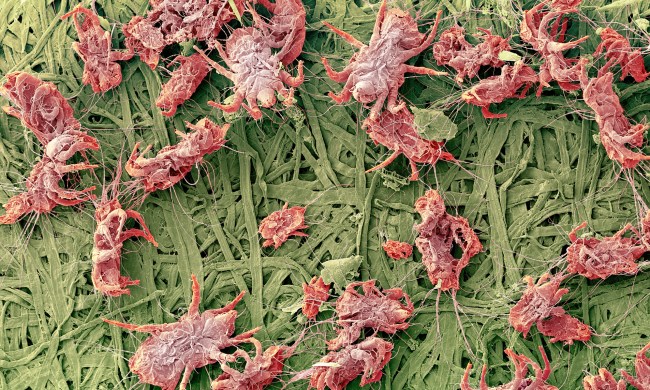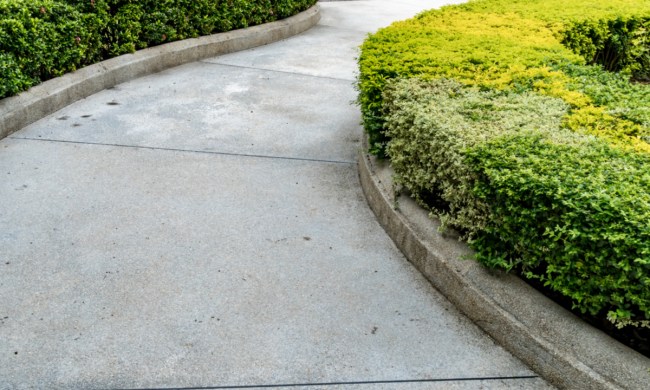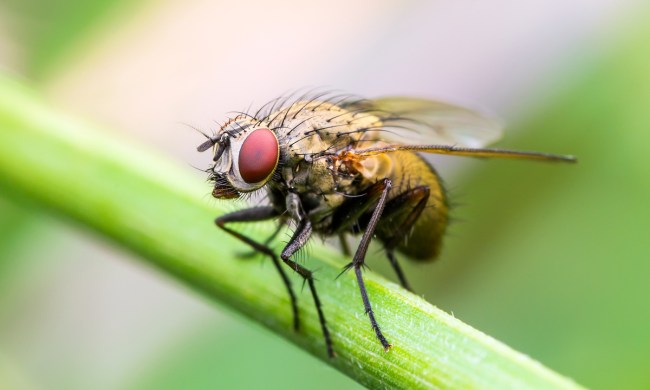When you’ve painstakingly prepared your soil, planted seeds and seedlings, then watered, weeded, and pruned your precious garden to perfection, it can be devastating to see a pest infestation demolish it in mere days. Garden pests are unavoidable, but inspecting your garden will often help you catch the presence of harmful insects before they do too much damage.
At the first sign of destructive pests, it’s a good idea to take action right away by using garden pest control methods that kill or repel the intruders. Most pest control products on the market contain harmful chemicals, and many gardeners are looking for a safer option. Read on to learn about natural, effective methods of organic pest control.
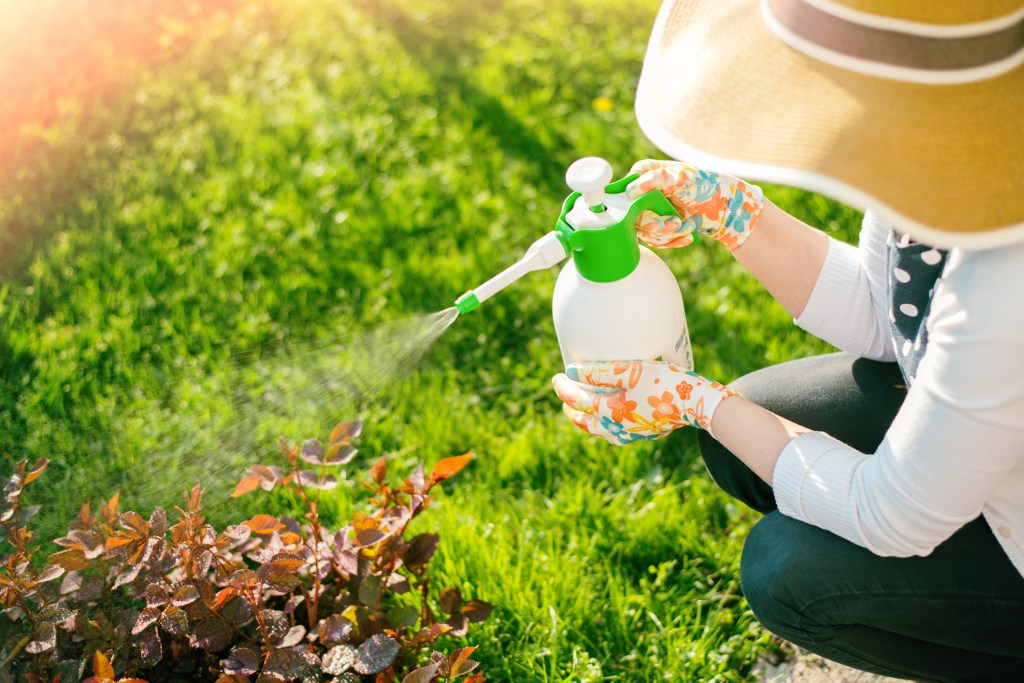
Our favorite organic pest control options
If you want to keep your vegetable garden free of chemically-based insecticides, your pest control options could be limited. Luckily, many natural and organic substances act as both bug killers and bug repellants. Give one of these natural remedies a try to help keep pests away from your precious garden.
Vegetable or neem oil spray
Bugs breathe through pores on their body, so if those pores are blocked, they’ll suffocate and die. Mix a spray that contains vegetable oil, water, and a bit of mild soap, and spray the mixture on the surface of the plants. The oil will coat the bodies of the insects and effectively kill them.
Neem oil is wildly effective since it kills insects at any stage, from eggs to adults. You can purchase it at garden stores and mix it in the same way as vegetable oil spray. Neem oil can also combat fungal infections in your garden like powdery mildew.
Diatomaceous earth
A natural insecticide made from fossilized algae, diatomaceous earth is a powdery substance that dehydrates and kills insects. Sprinkle the powder around the base of your plants or even directly onto them to effectively treat your infestation. For the best results, remember to re-apply the powder after watering your garden or after it rains.
Coffee grounds
Beneficial as a natural pest repellent, coffee grounds can be sprinkled around the base of your seedlings when they first start to sprout up. The grounds repel bugs, so this helps to prevent infestations before they begin. You can even use coffee grounds later if you see signs of a destructive pest on a more mature plant. Just sprinkle the grounds around the base to repel further pests.
Chili or garlic spray
Both chili pepper and garlic are natural insect repellants, and they are safe to use directly on your plants. For a garlic spray, puree garlic bulbs in a bit of water and then strain it before mixing it with water and a small amount of soap. For a chili spray, puree chili peppers, mix with boiling water, then strain the mixture and add a bit of mild soap.
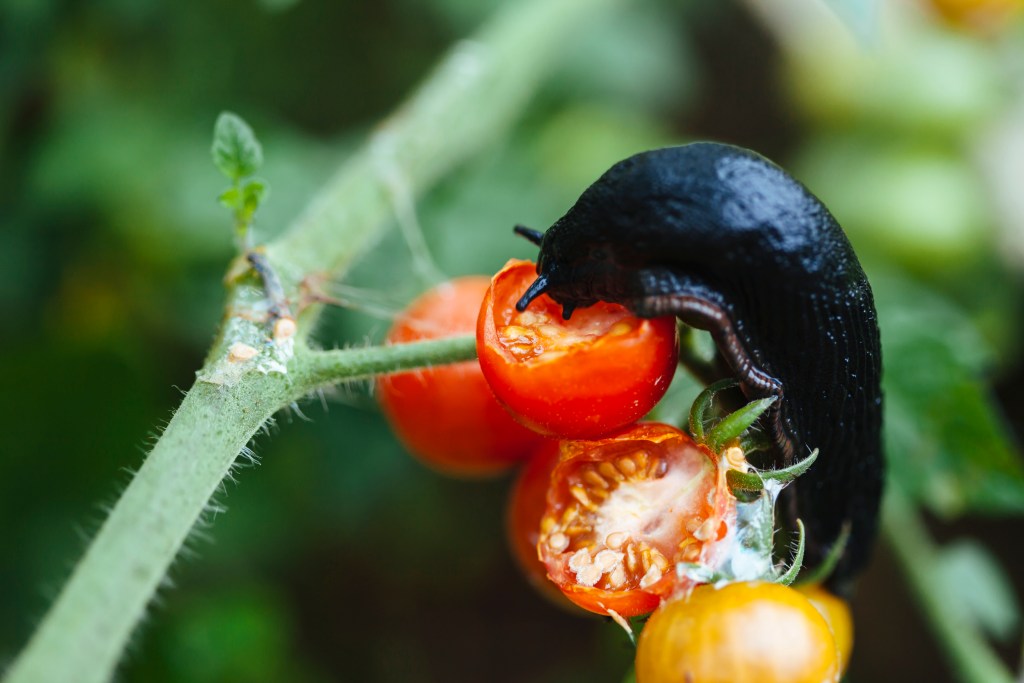
Common garden pests and how to get rid of them
So, you’ve got all the organic pest control solutions you could want, but how do you know which will be most effective at killing pests? Here are some of the most common destructive garden pests and how to get rid of them.
Aphids
Aphids are small, pear-shaped insects with soft bodies often found in cold, wet climates. They like to suck the sap out of plants, and while a sturdy plant can usually survive an aphid infestation, when aphids attack an already weak plant, the loss of these vital fluids may kill it. To address an aphid problem, a strong spray of a hose on the affected plant once a day for a few days straight will typically eliminate their presence on the plant.
Cabbage worms
You can find these little guys in a variety of climates, and they can really demolish your plants since they multiply so quickly. Cabbage worms eat up the leaves and the vegetables on cruciferous plants. They eventually turn into moths that lay their eggs on the plants and start the whole process over again.
Herbs like parsley, fennel, and dill attract the natural predators of cabbage worms, but if you already have a problem with these pests, you can either hand-pick them off the plant leaves every day or two, or use diatomaceous earth on and around the plants to kill them.
Flea beetles
Flea beetles are super tiny and are either black, grey, or brown. You can identify them by their signature quick movements and jumpy nature. While these nasty little pests often chew on the leaves of your plants, their most destructive behavior is that they live under the soil and eat up your germinating seeds, growing roots, and tubers. Coffee grounds are a good repellent for flea beetles, but to get rid of them, the best and most effective option is diatomaceous earth, which will dehydrate the pests on contact.
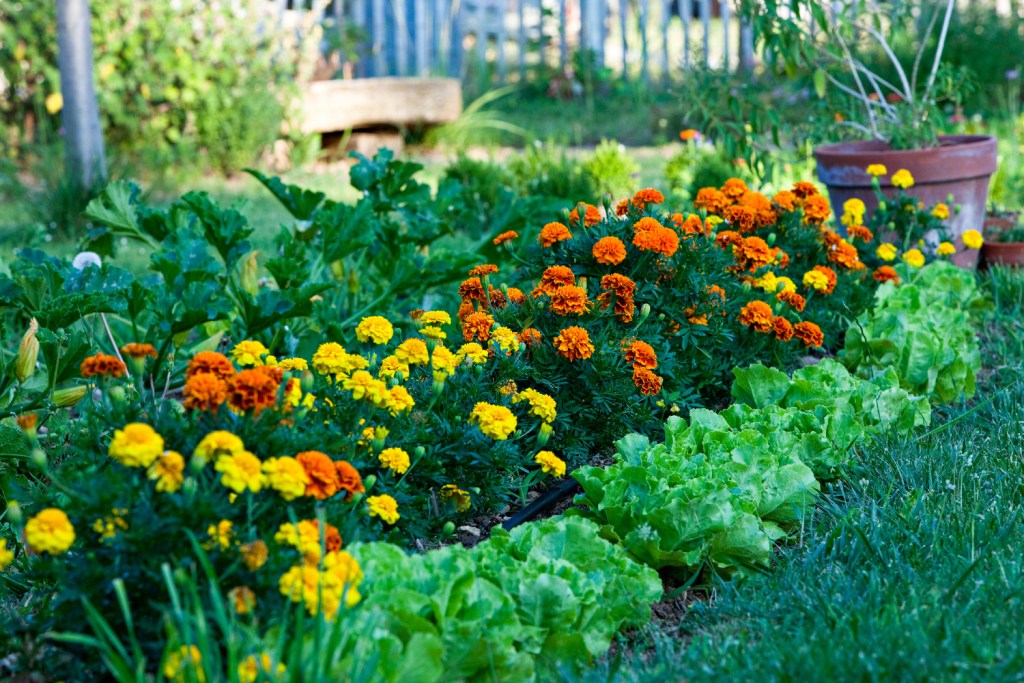
When you spend time, money, and energy cultivating your garden, a destructive pest problem can be frustrating. The organic pest control methods we’ve discussed here will go a long way in getting your pest problem under control so you can ensure your garden will flourish season after season.

